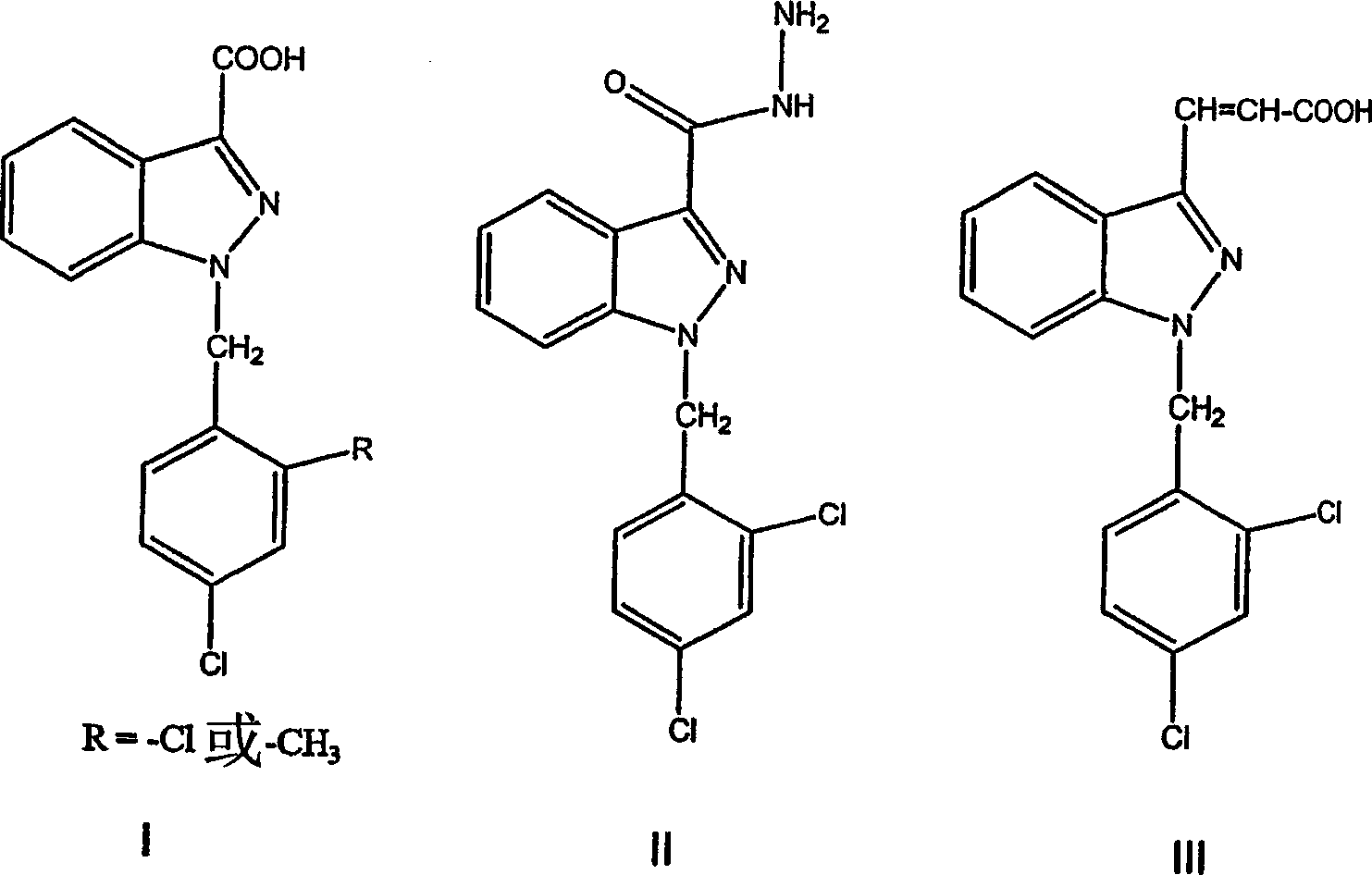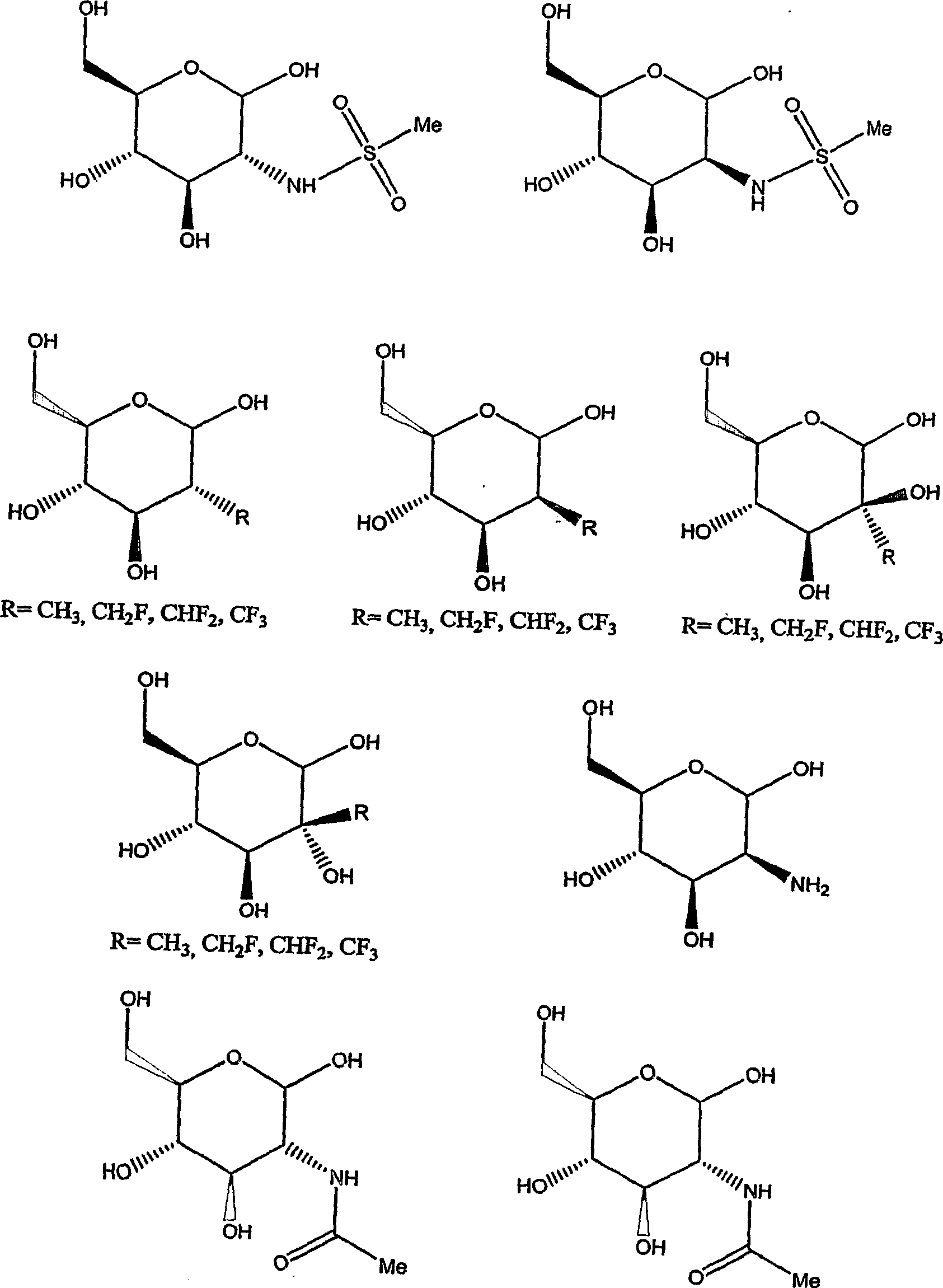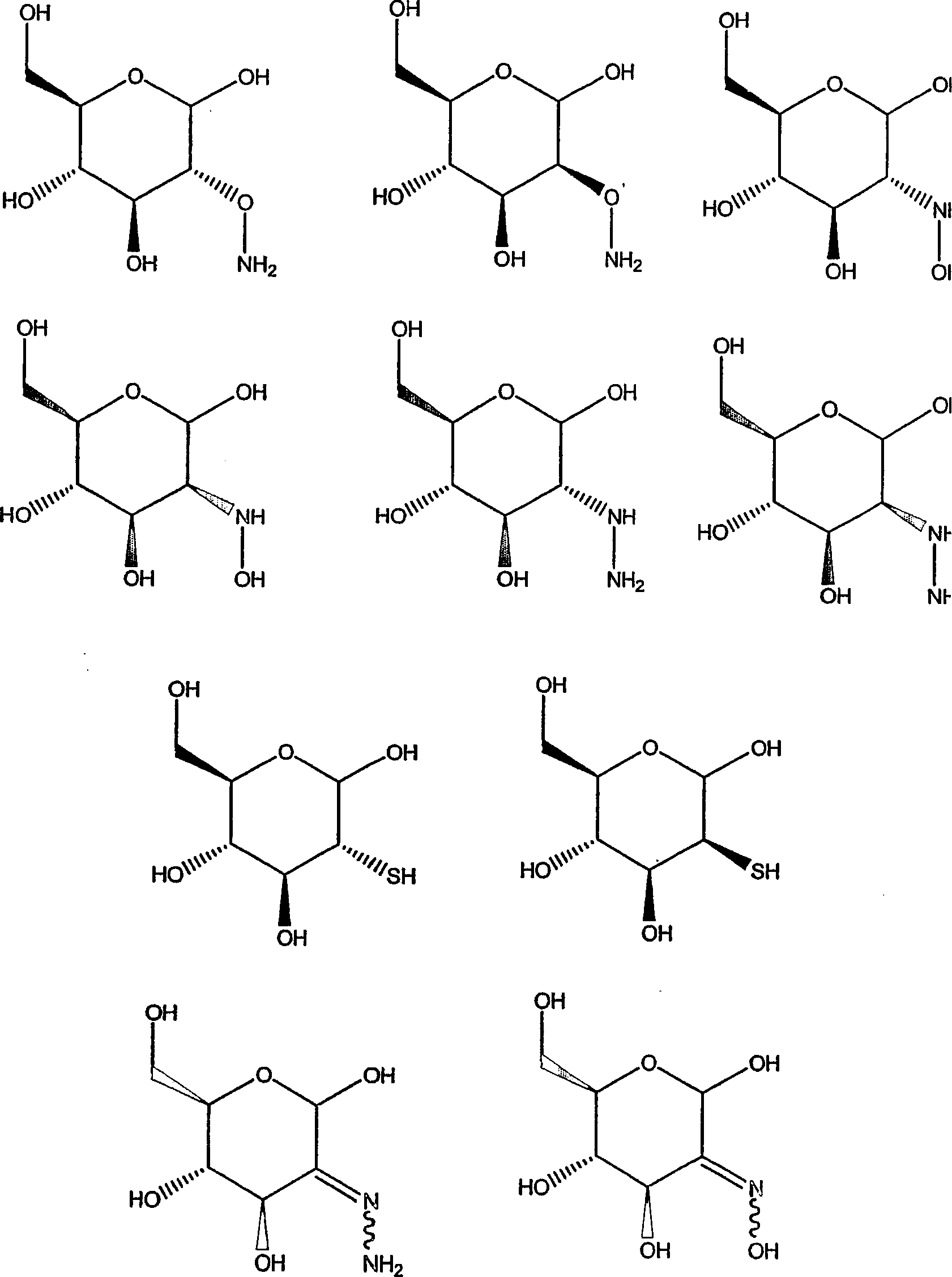Treatment of benign prostatic hyperplasia using energolytic agents
A technology of benign prostatic hyperplasia and dispersant, applied in the field of biology, can solve the problems of not reducing the size of the prostate and unsatisfied drugs
- Summary
- Abstract
- Description
- Claims
- Application Information
AI Technical Summary
Problems solved by technology
Method used
Image
Examples
Embodiment 1
Lonidamine reduces HIF-1α expression in prostate cells
[0109] This example shows the effect of lonidamine treatment on the expression of HIF-la in two cell lines derived from human prostate cancer metastases. LNCaP is a citrate producing cell (ATTC No. CRL-1740), and PC3 is a citrate oxidizing cell (ATTC No. CRL-1435). See Franklin et al; 1995, Endocrine 3:603-607. Cells can be obtained from the American Type Culture Collection (ATCC) P.O. Box 1549, Manassas, VA 20108 USA.
[0110] As shown in Figures 3 and 4, lonidamine treatment reduced HIF-1α protein levels, as detected in nuclear (NE) and whole cell extract (WCE) preparations. Inhibition was dose-dependent and observed under normoxia (PC3 cells only) and hypoxia (LNCaP cells and PC3 cells). The effect of lonidamine was specific to the HIF-1α subunit and, except at the 800 μM concentration, had no detectable effect on protein levels of actin, caspase3, NF-κB, or IκBα under the conditions tested to the inhibitory...
Embodiment 2
Lonidamine induces apoptosis in citrate producing cells
[0113] To determine whether apoptosis occurs in lonidamine-treated cells, the effect of lonidamine on citrate-producing cells (LNCaP) and citrate-oxidizing cells (PC3) was evaluated. As shown in Figure 4, lonidamine induced the activation of caspase 3 in citrate producing cells (LNCaP) to a much greater extent than in citrate oxidizing cells (PC3). Activation of caspase3 is a time-dependent process (Fig. 5).
[0114] The effect of lonidamine was also examined in primary cultures of prostate epithelial cells, which accumulate citrate, or in primary cultures of prostate stromal cells, which do not accumulate citrate. As shown in Figure 5, lonidamine induced apoptosis in a dose-dependent manner only in prostate epithelial cells. In contrast, no induction of apoptosis was observed in prostate stromal cells after lonidamine treatment.
method
[0115] Immunoblot: Immunoblot was performed as described in Example ...
PUM
 Login to View More
Login to View More Abstract
Description
Claims
Application Information
 Login to View More
Login to View More - R&D
- Intellectual Property
- Life Sciences
- Materials
- Tech Scout
- Unparalleled Data Quality
- Higher Quality Content
- 60% Fewer Hallucinations
Browse by: Latest US Patents, China's latest patents, Technical Efficacy Thesaurus, Application Domain, Technology Topic, Popular Technical Reports.
© 2025 PatSnap. All rights reserved.Legal|Privacy policy|Modern Slavery Act Transparency Statement|Sitemap|About US| Contact US: help@patsnap.com



